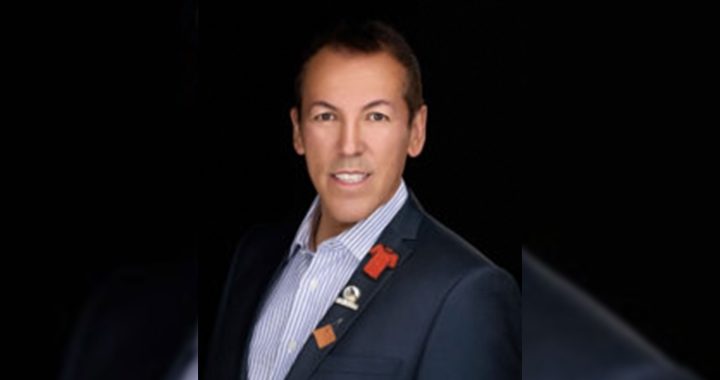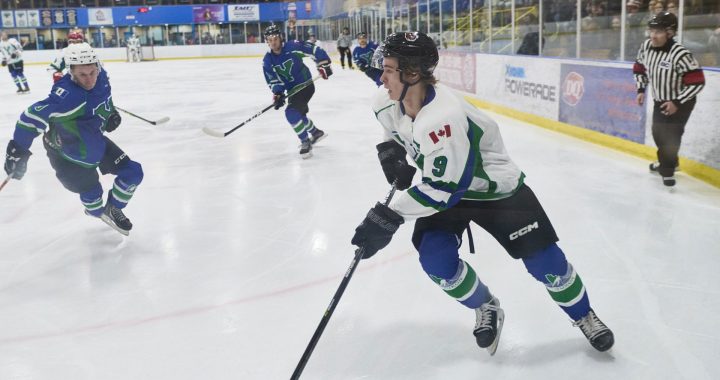Deaths of Indigenous children in child protective services make headlines every year across the country.
Nearly everyone blames the way the system is set up: removing children from their home.
And in some cases ship them thousands of kilometres away to live in group homes far from their culture and their land.
So when the federal government tabled Bill C-92 last week it did so hoping to change laws across the country.
Or, better yet, work to get provinces out of the way by affirming First Nations, Metis and Inuit jurisdiction of their children.
But how will nations or groups assert jurisdiction?
Nation to Nation put that question to Isa Gros-Louis, the director general of the child and family services reform branch within Indigenous Services Canada.
Gros-Louis said the first step is the nation or group to give the federal government notice it created a law and then enter into talks with the feds and province to develop a “coordination agreement.”
“They would have 12 months to either come to an agreement or if in the 12-month period they do not come to an agreement (the nation or group’s) law nevertheless would come into force and would have precedence over federal and provincial child and family service’s laws,” she said.
Gros-Louis explained the nation or group’s law supersedes all other laws if “reasonable efforts” are made within that year to reach a coordination agreement.
She said the definition of reasonable efforts would be determined by a transition committee, that will include representatives from all stakeholders. The committee will be developed after the bill becomes law.
Cindy Blackstock has taken a close look at the bill currently before the House of Commons and is cautious about the promise of jurisdiction.
“I think we need to see from a variety of different kinds of legal experts whether it actually achieves that,” said Blackstock, executive director of the First Nations Child and Family Caring Society.
“Obviously this is breaking new ground, right? We’ve never seen anything like this. At least I haven’t. So I think we need to be really clear on a number of points. One is First Nations kids deserve the best. I think the time for (mediocrity), or the best we could do, that’s got to be in the past, right?”
There’s also the problem of funding, which isn’t clear in the language of the bill.
That’s something Blackstock said needs to be corrected in committee as the bill is debated.
“What I see as a major shortcoming is there is no money to implement these First Nations, Metis and Inuit models of jurisdiction attached to this bill,” said Blackstock. “I can just say from having spent 12 years litigating against Canada to try to get equitable funding for First Nation child welfare that we can’t just rely on just simply goodwill from government regardless of what party is in play.”
Gros-Louis said the first phase of the bill is getting it passed, which needs to happen by the end of June. The second phase is known as the transition phase.
And that’s where the transition committee helps determine how funding will work for individual agreements within nations or groups.
“The proper funding, the proper funding mechanisms, capacity building, all these issues will be addressed in the second phase by the transition committee,” said Gros-Louis.
The bill is a “victory” said Kevin Hart, the Assembly of First Nation’s regional chief in Manitoba.
“It gives the power to make sure First Nations can write their own laws,” said Hart.
It also forces the provinces to the table which hasn’t always been easy.
“The provinces have refused to deal with First Nations because of the economic and the political reasons, as well,” he said.
Hart admits it’s going to take everyone to “strengthen” the bill in committee.
The bill doesn’t just affect children on-reserve but any Indigenous child that gets caught in the system outside of their communities.
That is especially important if apprehending the child is deemed to be the only recourse.
The bill would create minimal standards agencies would need to follow to keep the child out of a group home.
If one of the child’s parents can’t provide care, then look to another family member, followed by an adult in the “same Indigenous group, community or people.”
The bill also looks to keep siblings together.
But, all said, will the bill save lives of Indigenous children dying in a system that was supposed to protect them?
After all, that’s why they were removed from their homes in the first place.
“It depends, is the answer to that,” said Blackstock.










